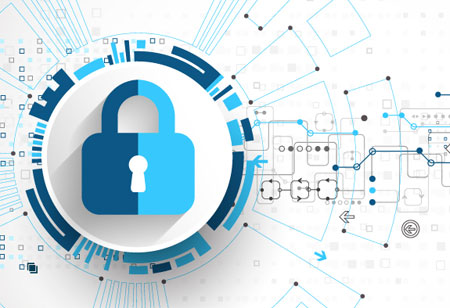THANK YOU FOR SUBSCRIBING
Maintaining Workflow Consistency in a Remote Work Environment
The dynamic transformation of the traditional working landscape has been significantly impacted by the widespread adoption of remote work, which has now become a fundamental aspect of the modern professional world.

By
Apac CIOOutlook | Tuesday, August 08, 2023
Stay ahead of the industry with exclusive feature stories on the top companies, expert insights and the latest news delivered straight to your inbox. Subscribe today.
While remote work offers numerous benefits, such as increased flexibility and access to a global talent pool, it also presents unique challenges, particularly when it comes to maintaining workflow consistency.
FREMONT, CA: The dynamic transformation of the traditional working landscape has been significantly impacted by the widespread adoption of remote work, which has now become a fundamental aspect of the modern professional world. Embracing this shift has yielded numerous advantages, including enhanced flexibility and access to a broader talent pool. The ability of team members to seamlessly collaborate, communicate, and sustain productivity, irrespective of their physical locations, is of paramount importance. Consequently, organisations must judiciously implement appropriate methods, technologies, and work culture to foster an atmosphere where workflow consistency thrives, ultimately enabling them to flourish in this new era of work.
Clear Communication
Effective communication is the foundation of any successful remote team. To maintain workflow consistency, companies must invest in communication tools and platforms that facilitate seamless interactions among team members. Email, instant messaging, video conferencing, and project management software are some essential tools to ensure everyone stays connected. Regular team meetings, both one-on-one and group discussions, foster a sense of belonging and promote collaboration.
Establish Clear Expectations and Goals
Setting clear expectations and defining achievable goals are essential for remote teams. Employees need a clear understanding of their roles and responsibilities, as well as performance metrics. Managers should communicate project deadlines and milestones effectively, ensuring that every team member knows what is expected of them. When everyone is on the same page, it becomes easier to track progress and maintain workflow consistency.
Embrace Technology
In a remote work setting, technology becomes the backbone of daily operations. Companies should invest in reliable and efficient tools that enhance productivity and collaboration. Cloud-based applications for file sharing and document collaboration, project management software for tracking tasks, and video conferencing platforms for virtual meetings are crucial to ensure seamless workflow continuity.
Foster a Collaborative Culture
Promoting a collaborative culture is vital for maintaining workflow consistency in remote teams. Encourage regular brainstorming sessions, virtual team-building activities, and opportunities for informal interactions among team members. Virtual social events and online collaboration tools can help create a sense of camaraderie and trust, which enhances overall productivity.
Provide Ongoing Training and Support
Remote work often requires employees to be self-sufficient and proactive. To maintain workflow consistency, companies should offer continuous training and support. Training sessions on new tools and technologies, as well as skill development workshops, enable employees to stay updated and perform at their best. Additionally, providing access to remote technical support ensures that any technological challenges are swiftly addressed.
Set Boundaries and Encourage Work-Life Balance
Remote work can blur the lines between professional and personal life, potentially leading to burnout. Encourage employees to establish clear boundaries between work hours and personal time. Promote a healthy work-life balance, and discourage overtime or working during weekends. When employees are well-rested and energized, they are more likely to maintain consistent productivity levels.
Monitor and Evaluate Performance
Tracking performance is crucial in a remote work environment. Managers should regularly assess individual and team progress, offering constructive feedback and recognition for achievements. Utilizing project management tools to monitor task completion and conducting periodic performance reviews helps identify areas that may require improvement and ensures workflow consistency.
Maintaining workflow consistency in a remote work environment is not without its challenges, but with the right approach and strategies, it can be achieved successfully. Clear communication, goal-setting, and embracing technology are fundamental aspects of creating a cohesive and productive remote team. By fostering a collaborative culture, providing ongoing support, and encouraging work-life balance, companies can ensure that their remote workforce remains efficient and motivated, ultimately leading to continued success in the remote work landscape.





